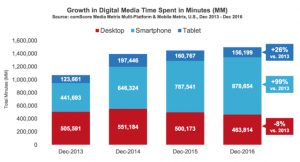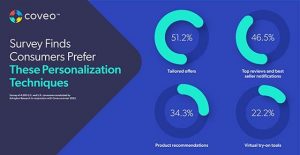— May 21, 2018

Big businesses, with notable exceptions like Intel, have become risk-averse when it comes to new product development. Instead of funneling profits into future products, they seem happy to milk existing products, offering anemic improvements rather than radical new products. Where are the Steve Jobs who see a problem and build a solution when everyone tells them it can’t be done? Like Jobs himself, they’re building startups where they’re unfettered by needs to meet quarterly projections and pay dividends to stockholders.
But, some of these startups seem doomed to failure because they’ve thrown the “baby out with the bathwater” by eschewing necessary foundations for new product development – namely business and design foundations. They have an idea (often based on what they CAN do rather than what they SHOULD do) and start running with it before 1) evaluating the competition or finding their niche; 2) determining what it might cost to build and how much consumers might pay; and 3) designing an elegant product (UX that’s easy to navigate, brand that clearly positions the product, and consistent design elements.
I found an image that does a great job of defining the foundations of new product development and, maybe more important, shows how these elements intertwine to support your MVP (minimum viable product). If you’re working with new product development, this image shows the overlap of business and design necessary to support a successful new product launch. The digital foundations shouldn’t be an afterthought, but, as shown in the image, need to come first.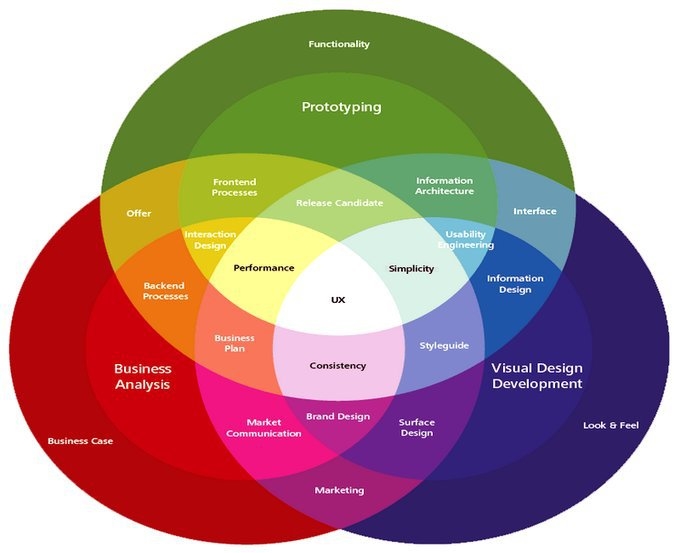
Business foundations of new product development
As a marketing professor, it’s no surprise that the notion of business foundations resonates with me. And, a key element of both Agile and Lean involves making a business case for your product before you write the first line of code — not after the product is ready to launch.
Product idea and sustainable competitive advantage
For me, the most important question to start with is who needs my product idea? You see, people buy solutions, not products. Do you solve a problem that a sufficient number of consumers have? One that will help them more than existing products already on the market.
A great source of product ideas is not your imagination or turning something you do into a product. People are your best source because they complain about problems they face — their unmet needs. Solve one of them and you’ve taken the first step to a successful new product. Social media is a great place to look for these unmet needs. Or, just open your eyes to look for people struggling as they go through their daily lives.
Your next task, once you have a great product idea (or better, a list of potential problems you might solve), it’s time to look at competitors. What solutions are already out there and can you make a genuine, significant improvement that is sustainable — sustainable competitive advantage. Also, no matter how good your product is, you’ll have an uphill battle if you’re going against a giant like Facebook or Grubhub (which I see startups trying to do every day). They just have too much brand equity built over millions of dollars of advertising.
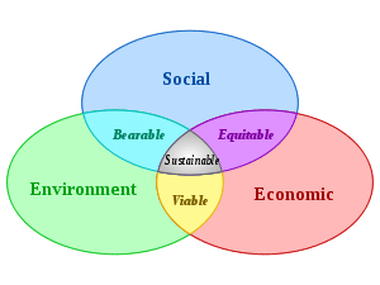
Financial viability
Now, we’re ready to get into some financial stuff (but not before). Even a great idea might not have financial legs. Build a proforma to ensure you can make money with your idea — a combination of the costs, market size, and willingness to pay.
Design elements
New product development relies as heavily on design as it does function. Again, think about Jobs and the first MP3 players–its success was more a function of operation than performance. The product was intuitive, so users picked it up and used it without needing to read the instructions.
Other elements of design are equally important in new product development. For instance, in a car consumers use things like fit and finish (do the doors close with a solid sound, is the interior well thought-out) because they’re not in a position to evaluate the mechanical elements of a new car.
Putting design and business together
Merging elements of design and business, marketing fits nicely at the cross-section of the two ven diagrams. Marketing requires adherence to design elements, such as the style guide, but it needs elements that are strictly business: such as positioning, messaging, and influence.
Branding should flow from your marketing, especially positioning. Product design needs to support branding.
UX design
Not all elements in the merger of design and business are equally important. UX deserves its own treatment due to the importance of this element in user adoption. Take a look at the lean UX design process in the image below to get an idea of how this design element requires more than just design — it requires a business understanding of customers and how they use products.
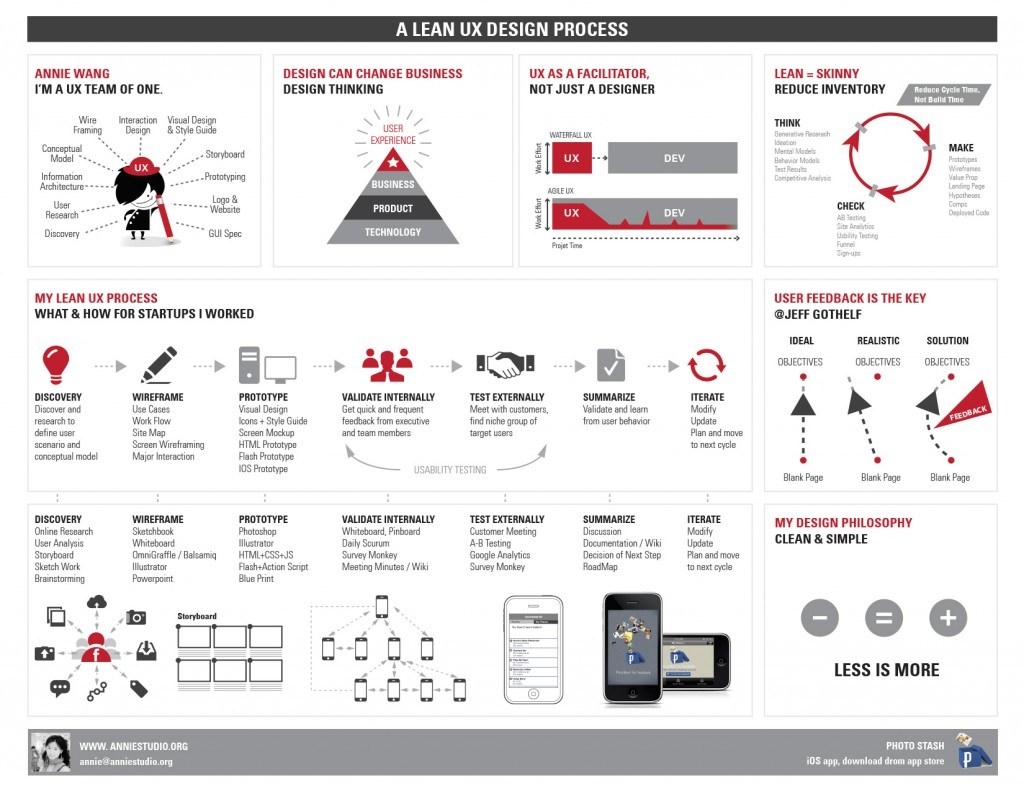
Image courtesy of Annie Studio
Want more evidence? Take a look at Facebook. When it was initially developed, MySpace was the talk of the town. Yet Facebook basically wiped them off the map in just a few short years. Now, MySpace struggles to hold on while Facebook has over a billion users, many of whom access the app every day.
Why?
Because Facebook’s UX is intuitive. Once you set up MySpace, you don’t know what to do with it unless someone shows you how it all works. It’s like my daughter talked about Aldi. Now her favorite store, she wasn’t sure how it worked at first. The whole idea of needing a quarter to get a shopping cart and bringing you own sacks was foreign. The first time, she only went because someone who shopped there all the time went with her to show her the ropes. That’s a bad UX design.
Involving prospective users in the development of the UX avoids costly mistakes that will have to be re-engineered or cost you customers.
Designing for simplicity and consistency are critical elements of a good UX.
Business planning
Part creative and part logical application of business processes, building a business plan is important. Sure, we all know businesses that were successful without one, but it’s still an important exercise to build a business plan if for no other reason than to force yourself and your team to think logically about the journey you are starting. A good captain knows what he/she will face and has contingencies in case of unexpected events.
If you’ve never built a business plan, here’s the link to an earlier post to get you started in the right direction.
As part of your business planning, you should know the steps necessary to bring your new product development process through the necessary steps to give it the best shot at success. Who will you need to help with the development, marketing, design, financing, and other activities? What skills should they have? When should you bring them onboard? How much money will you need at each stage in the process and where will that money come from? How will you test market acceptance throughout the development process?
Final thoughts?
I’ve shared one way of thinking about building a firm foundation for your new product development process. I’d love to hear your thoughts or suggestions for other critical elements that should underpin this process. Just add them in the comments below.
Business & Finance Articles on Business 2 Community
(48)




